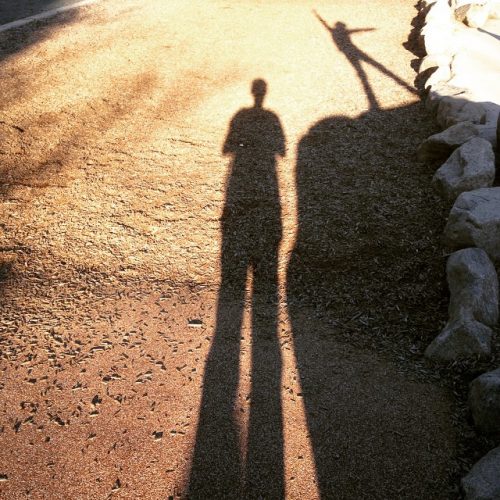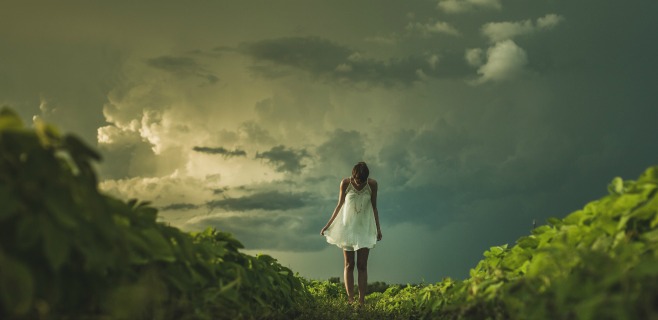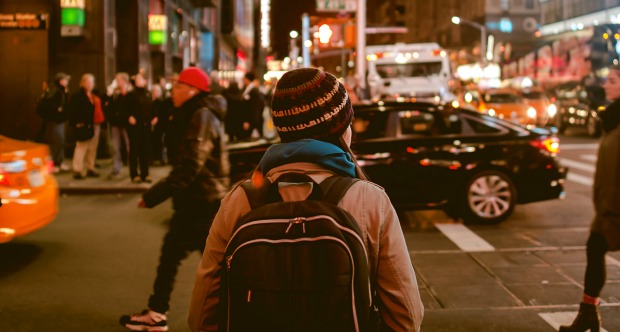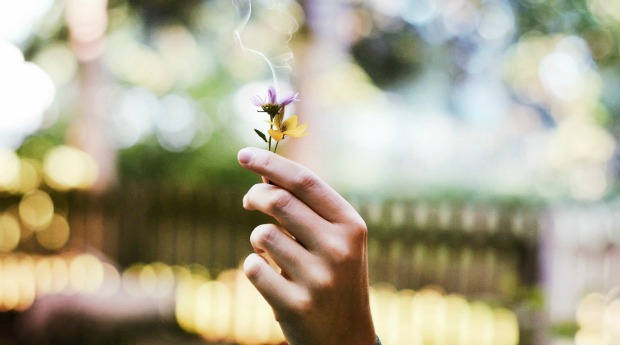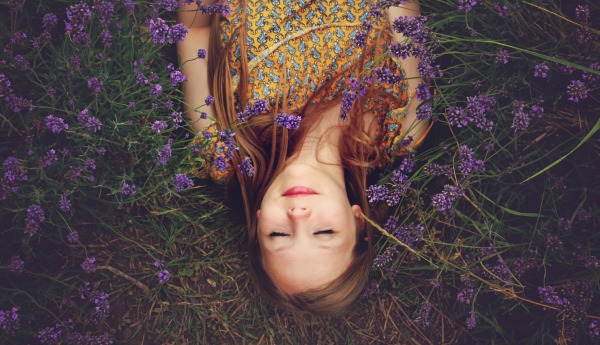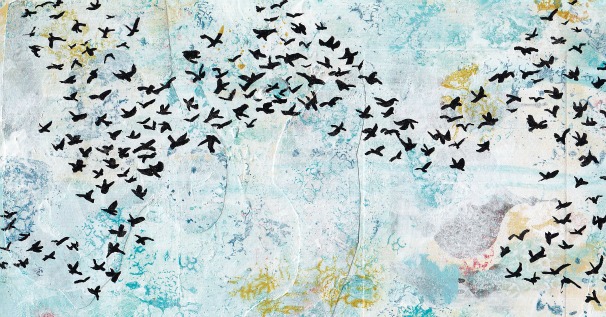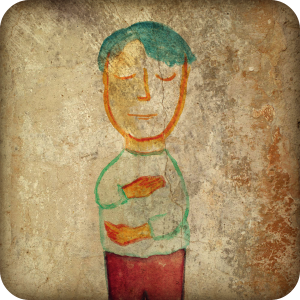Your morning schedule for getting the kids off to school, lunch-breaks at your regular spot, an afternoon walk, journaling at night.
Activities like these are the bread and butter of being alive. We all have routines and schedules that help us move through our days, they give us a sense of grounded-ness and provide a rhythm that helps us keep track of where we are.
As helpful as these routines are to us, there is a way we can make them even more powerful and supportive. That way is to create rituals out of routines.
Rituals are one of the oldest and most powerful tools we have for creating meaning. There are two defining components of a ritual: there is an action that is being ‘ritualized’ and there is a sense of presence, or awareness, built into that activity.
For example, if you have a cup of coffee each morning, making a ritual of that routine would serve to direct your awareness more fully into that act. (More on how to do that later).
How Rituals Can Help You
Rituals can help you feel more connected to yourself, and others.
Because there is usually some sort of action involved, rituals encourage you to be physically present and aware, which helps you to be even more receptive to the meaning behind our ritual.
Rituals inspire you to appreciate what’s important in your life.
Rituals induce a sense of wonder, even through the smallest, most ordinary acts.
Before We Start
A few things:
Rituals don’t have to make sense to anybody but you
They can be playful, celebratory, small, bouncy, silent, wild, simple, flamboyant.
It’s your ritual, so it’s up to you how you run it.
Rituals are alive
They shift and develop, just like you, and over time your relationship to them will change. If you find that your ritual has become stale and less meaningful over time, it’s a sign that you need to re-enliven it and make it relevant to your daily life again.
Repetition, Repetition, Repeatedly
It can be useful to perform your ritual at regular intervals. Repetition creates rhythm. Rhythm creates a sense of comfort and safety. Once that rhythm is built up, your ritual can become a vibrant container for power and meaning.
Did you Get That Down?
As you go, record what happens to you as a result of doing your rituals. Over time you will notice some amazing things. It can be the small things that really make a big difference.
How To Create A Ritual
Set out below are a few simple ideas to help you to come up with your own rituals. You can think about them and get a feel for how they might work for you when you are designing your own rituals.
When you are ready to put together your own customized ritual, pick the ones that resonate for you and use them as building blocks.
Setting An Intention:
Rituals can help you to focus on a particular qualities you would like to bring into your life, or changes you would like to make.
What is something that you would like to focus on right now?
It could be a habit that you would like to begin, a quality (like courage or kindness) that you would like to bring into your life, maybe something you’d like to celebrate or remember. Once you have that thing you want to focus on, the next step is to write your intention.
What you would like to see change in your relation to that aspect of your life.
Once you have the thing you would like to focus on, the next step is to choose the change that you intend to bring about.
For example, if you picked kindness as something you would like to develop in yourself, the change could be broad: I want to become kinder. Or more specific: I want to be kinder to myself.
Setting an intention like this infuses it into our ritual and helps us to remember the bigger picture. It also encourages us to be more present and aware as we do the activity.
Time
We’ve looked at the importance of rhythm, and choosing an appropriate time for your ritual is one way you can build that sense of rhythm in.
It’s useful to think about how often you want to do this ritual. Is it a daily thing? More than daily? Maybe it’s a ritual that wants to take place on a weekly basis, like a Sunday meal. Weekly, daily, hourly, however you space your rituals out, it’s going to build that sense of rhythm and repetition, like a pulse moving through your days.
It’s important that the timing of a ritual is suited to your own needs, and to your own mood or energy as well.
For example, early morning is a wonderful time to set up a meditation practice, but I’ve always had trouble maintaining that as a practice. I do my meditation in the evenings, and I find I’m more alert and dropped in then I am when I meditate in the mornings.
Space
Paying attention to the space you will be performing your ritual in can make them even more powerful.
A useful first step is to select a quiet and private space to conduct your ritual in peace.
You can include and honor your physical self by selecting beautiful and meaningful objects that wake your senses up, like: candles, scented oils, flower arrangements, foods, water, tea, inspirational photos/figures, tactile objects stones/beads sounds-music, nature space with sounds.
You could think of this space as an altar, or simply a private sanctuary just for your use.
Having a dedicated space to return to can add a sense of power to your ritual.
Dedicating a space is a form of intention setting in itself, it’s a declaration that you’ll perform your rituals over time and that you’ll honor our rituals by giving them a home.
Having a place to regularly perform your rituals means the space will eventually start to change: churches, meditation halls, yoga studios all absorb the energy of the rituals and practices that take place in them, and you can often feel a power in these places that helps you settle in and prepare.
Embodying An Action
A key element in most rituals is that they incorporate some sort of physical action.
The action of a ritual often serves as a metaphor and provides some sort of support as you move towards your intention. Performing the ritual helps to anchor the meaning as you act out the process of being transformed through the ritual. You get to include your whole self through this process.
What actions can you include in your ritual to ground it in your body, in your own life?
A nice place to start is by choosing actions you already do each day: making a cup of coffee in the morning; bathing; regular tasks; unwinding activities.
I love this post by Dana at Alchemist Eating (it inspired me to work on this post) where she talks about a brief ritual she and her partner share at their evening meal. It’s beautiful, simple, and tailored to them and their relationship. It’s a great example of using an everyday action as the starting point for a meaningful ritual.
Closing
It’s important to have a sense of closing the ritual. You’ve created a space where you get in touch with the intuitive and soulful aspects of your being, and it’s important to build a sense of completion before you return to your everyday activities.
Some ways you could do this:
Perform a simple, closing activity while noting that the ritual is over and you are moving onto the next thing.
Being attentive as you extinguish the candle, leave the room, stand up, close your journal–whatever your closing activity is, be in a mindful state and note to yourself:
“This ritual is complete, I am now heading into the next part of my day.”
Over To You
Do you have any important rituals in your life? Something that you’ve put together yourself, or rituals from a group you’re a part of? What makes them special and meaningful for you? I’d love to hear from you in the comments!

